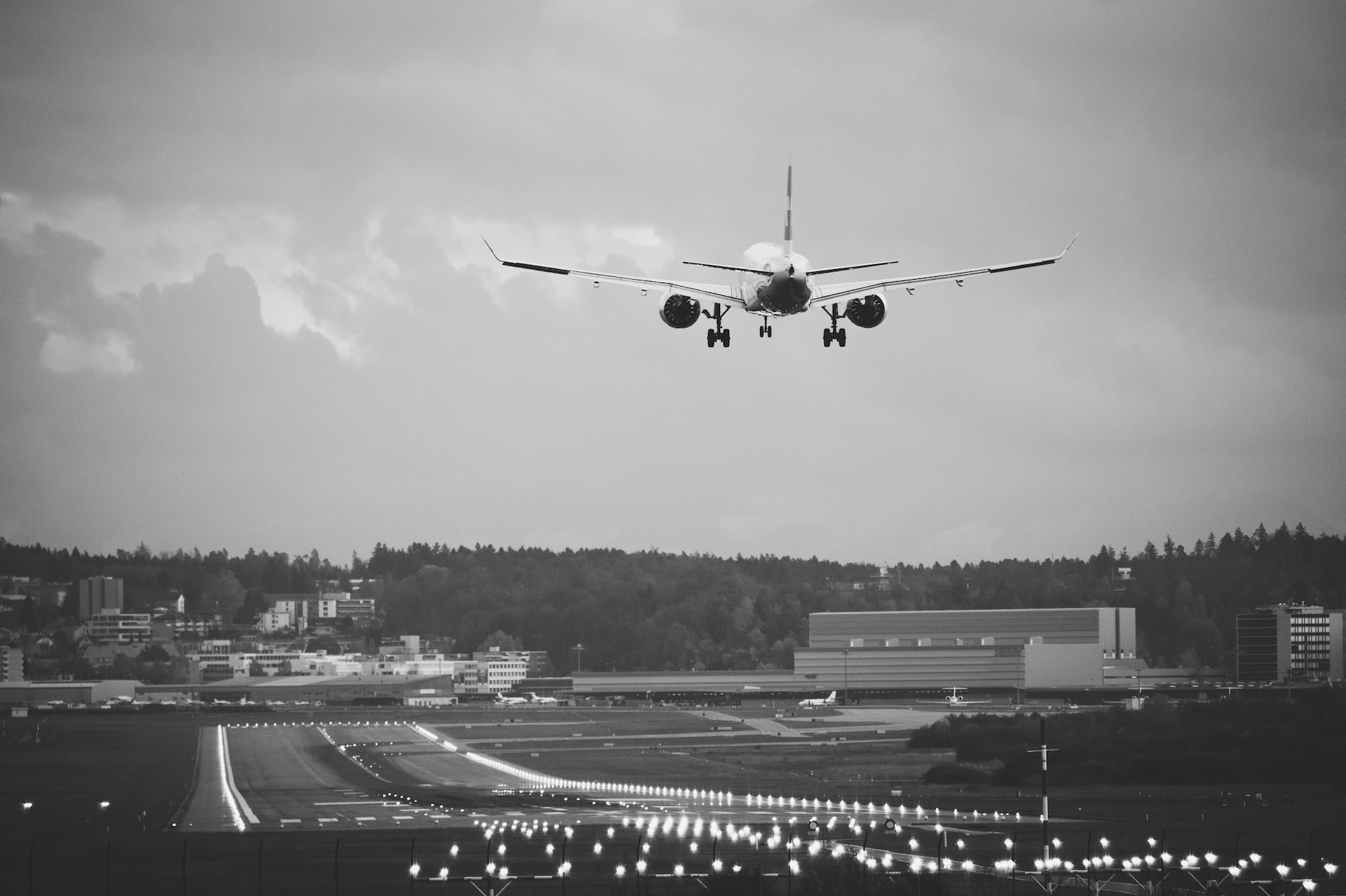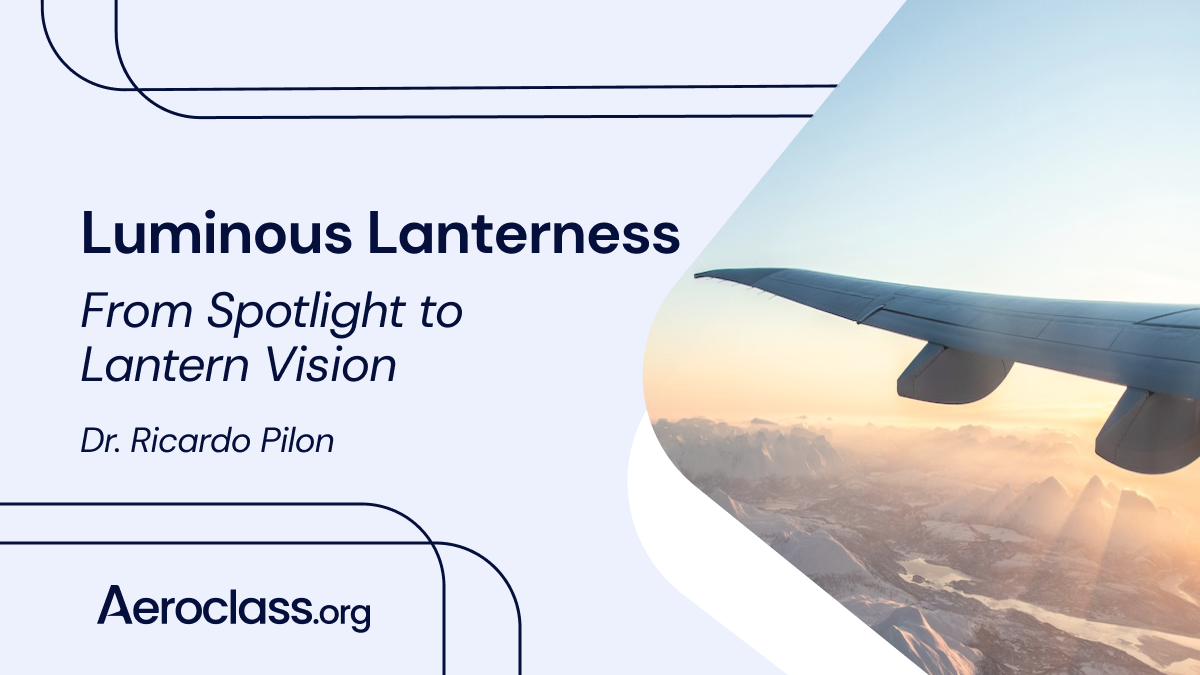Elevator SMS: Safety or Bureaucracy First?
Instructors · 2 min read
Whether you are planning a trip or just dreaming of one, check our recommendations for the best airlines to fly to Japan!

Aviation is a traditional industry that has been around for over a century. Despite the technological advancements and innovations that have occurred in recent years, it is often considered one of the most backward industries. The culture of the industry is resistant to change, making it difficult for new ideas and innovative strategies to be adopted. However, with the demand for air travel continuing to grow, there is a recognition within the industry that it must evolve and modernize to meet the changing needs of passengers and the world.
In a recent Expert Talk, Ann Cederhall, an industry insider, shared her insights on the challenges facing the aviation industry. Ann noted that historically airlines have been notorious for offering low pay for their staff but balancing it with great travel benefits. However, with changing times, travel is no longer as accessible for staff as it used to be, and the pay is still low. To attract and retain young talent, the aviation industry needs to offer decent salaries and benefits. Ann explains that many people today are willing to work in other industries that offer higher salaries and pay for their travel instead of working in aviation.
The aviation industry must also find ways to attract talent from other industries and younger people. However, the industry’s long history and many processes make it challenging for new entrants to understand and implement changes. Ann emphasizes that many naysayers within the industry discourage new entrants, making them question their decisions to join the industry.

Understanding the “why” behind various decisions and other intricacies of the industry is particularly pertinent. The need to adhere to many regulations, such as GDPR, also makes it harder for new entrants to understand the “why” behind the processes. “It is crucial to understand the why behind the processes to bring about changes in the industry”, says Ann.
Another challenge that Ann sees in the aviation industry is the need to work more holistically, where people tend to work in different departments with different goals, leading to silos. There is a need for a more collaborative approach where people understand how their roles fit into the bigger picture. This, however, requires a change in culture and mindset, which Ann is sure is not easy to achieve.
To thrive in the future, the aviation industry needs to embrace digital technology, work more holistically, and offer decent salaries and benefits to attract and retain talent. The travel benefits that were once the industry’s hallmark are no longer as valuable as they were 20 years ago. The industry needs to find new ways to attract and retain talent. As Ann notes, “Airlines also need to recognize that the travel benefits are not worth as much as they were 20 years ago and need to find other ways to attract and retain talent.”
In conclusion, the aviation industry must recognize that change is essential for its survival. It needs to modernize, stay competitive, and attract and retain talent to ensure that it can continue to serve the world’s growing demand for air travel. By understanding the challenges and taking the necessary steps to overcome them, the aviation industry can not only survive but thrive in the 21st century. Watch the full video to hear Ann’s insights on what needs to change to make it happen.
Instructors · 3 min read
With or without altitude, Christiaan van der Heijst, can produce splashy and utterly lively impressions and wildly sensations. The emotions he creates are a reflection of artsy talent. It inspires young and old to look at things differently. Speaking off…
